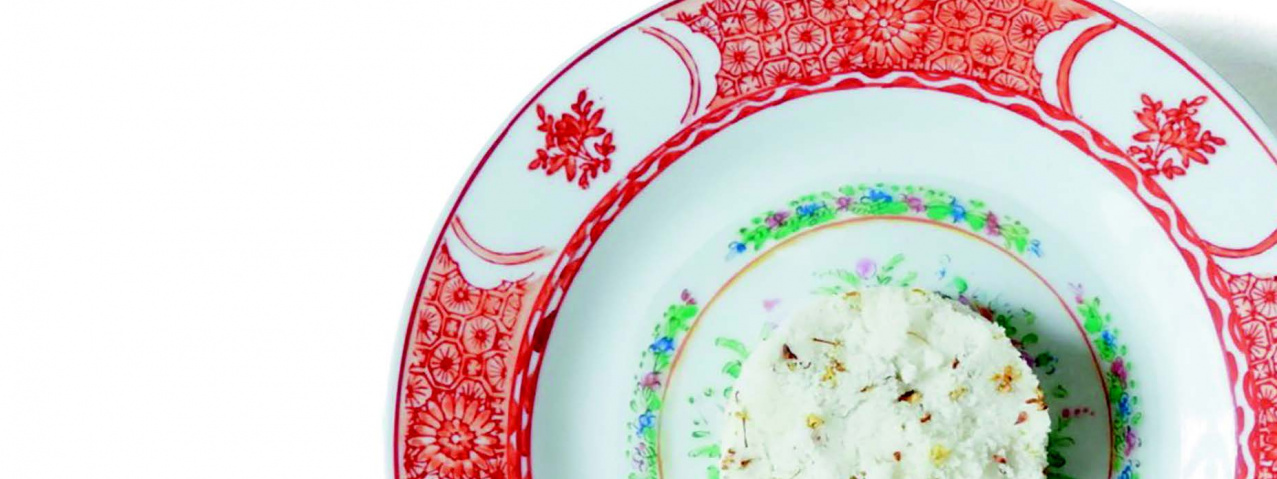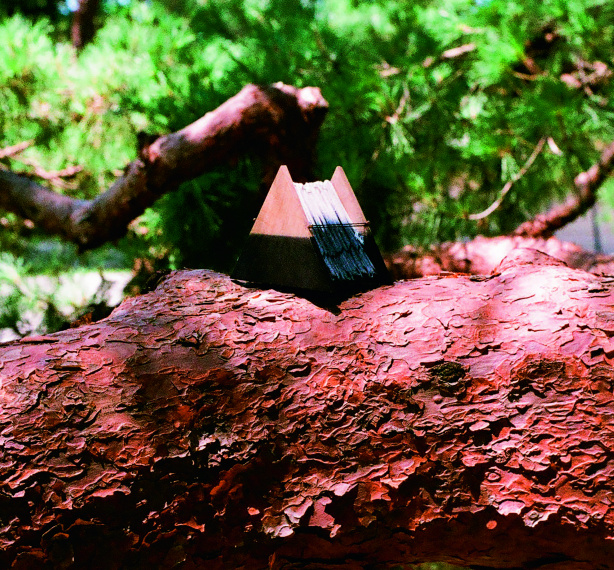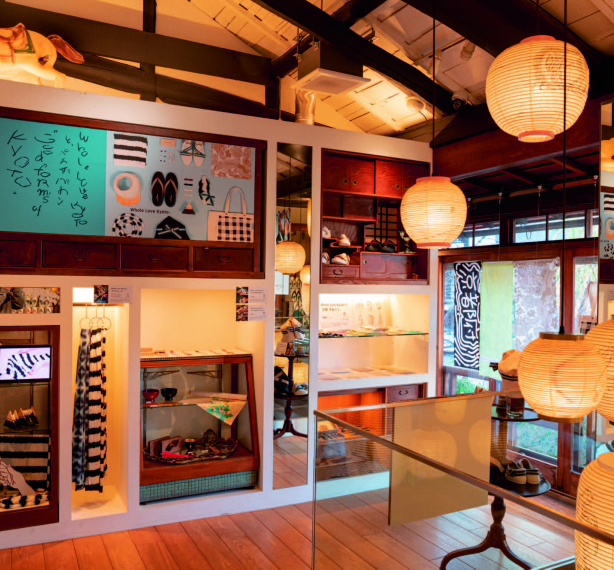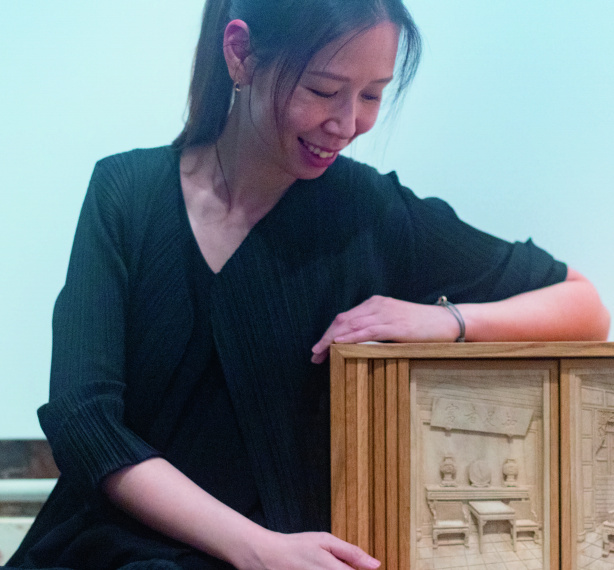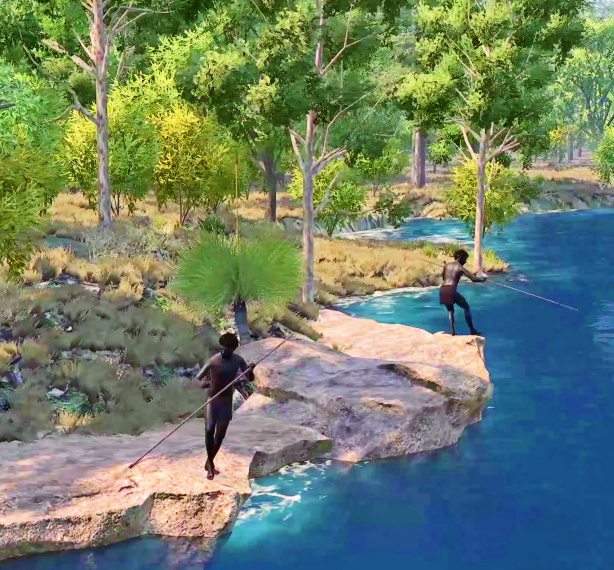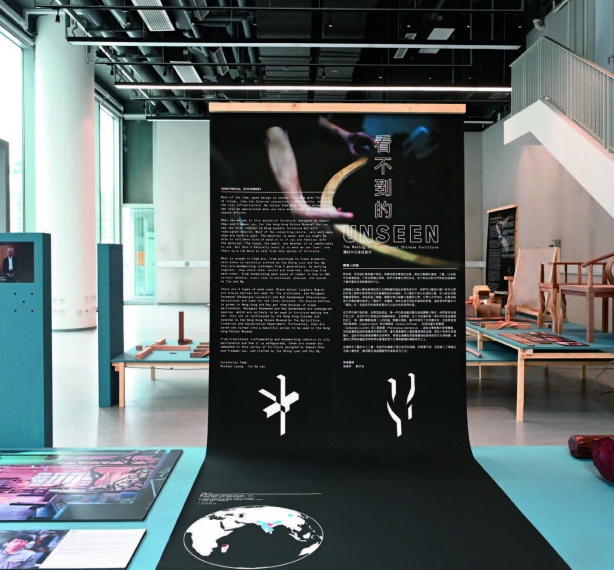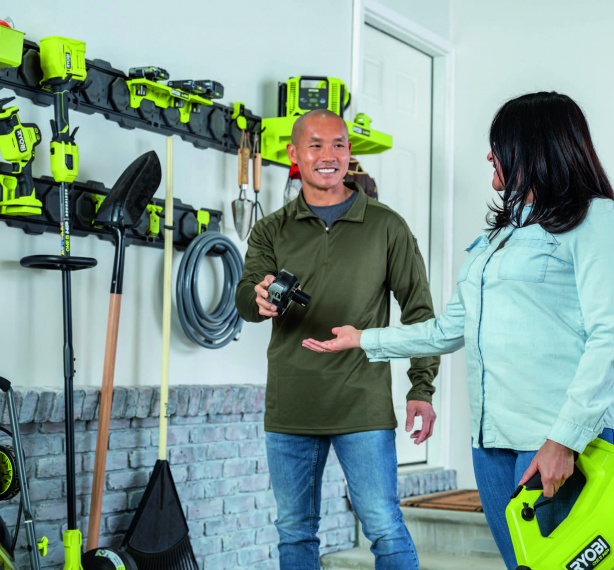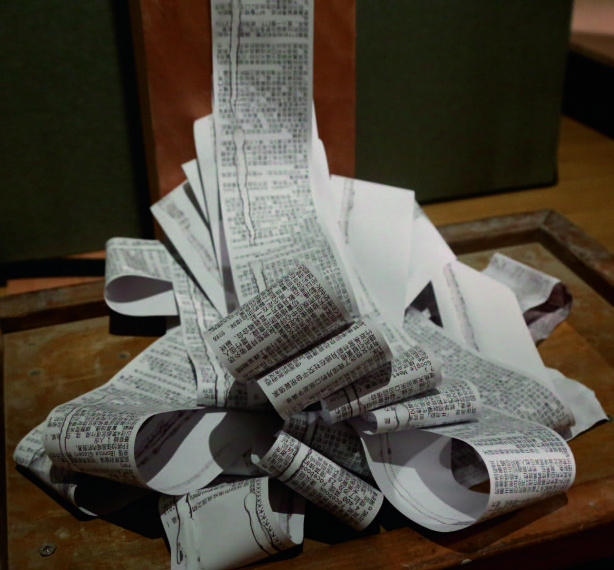
|
Although food design was traditionally led by chefs, Cindy Chan and Heinrik Ng have turned food into a major platform to showcase creativity. Riding on their design backgrounds, the duo is keeping traditional flavours and food culture alive, exploring new expression avenues to present the beauty of food.
Aberdeen in Hongkong is a place packed with possibilities, where galleries, dance studios and creative workshops call home. Our visit to the co-working space of the Design Incubation Programme – where Deep Food is located – was greeted by a verdant view of flowing streams and lush mountains. At the entrance of the all-white studio of Deep Food, we saw a display shelf adorned with unusually shaped stoneware and tableware with different functions. These unnamed sculpted objects closely resemble real food, and it is only natural they stimulate your appetite.
Deep Food is not a kitchen but a design studio. That is why its founders Cindy Chan and Heinrik Ng, despite wearing whites, do not look like chefs at all. They are designers who seek to pose questions. Have you considered enjoying sugar miniatures of Kowloon's landmarks while listening to the music of local indie singer Chet Lam? How about appreciating the three-century old culture of Canton Famille Rose porcelain while savouring Chinese osmanthus desserts that represent the past, the present and the future? Cindy is a food lover, but to her, food offers more than culinary pleasure – it is a medium for communication and critical reflection. She said, "Deep Food was founded in 2018. We hope that food can be appreciated not only as delicacies or fast food. Our vision is to inspire others to delve deeper into the meaning of food and connect their ideas with the wider world."
From food sculptures to bug diet
The foodie partners have known each other since their secondary school days, and share a desire to pursue the beauty of design. Cindy furthered her studies in London and Heinrik studied product design in Hong Kong. In their own ways, they each designed imaginative food products. Cindy is a gourmand who sculpts like Michaelangelo, while Heinrik can remind you of the food-maker in the TV science fiction series Snowpiercer.
Cindy shared how she infused sculpture into food. "When I was studying in the U.K., I had to submit a design report about food. The 'sculptures' that I had often made with soft-serve ice cream came to mind. So, I collected some ice cream spoons and repurposed them as sculpturing tools. The spoons were arranged according to the place setting conventions of a French dinner table. Diners could then, one by one, use these spoons to make meltable sculptures with ice cream."
Heinrik is even more radical in terms of imagination. During his undergraduate studies, he designed a mind-boggling food machine. "I made a machine for farming edible bugs at home. Back then, scientists began discussing the risk of a food crisis, and it was believed that humans will resort to bug protein one day. So, I thought bugs can actually resolve the food problem, change people's food preference, and encourage thinking about the culture behind the bug diet. In the end, I used bug-eating as the theme for my product design project, as gateway into exploring our society and culture."
Food is the best common language
Speaking of YES, BUT WHY? (2020), a collaborative project with the artist Wong Tin Yan, Cindy and Heinrik thought of it as a brainstorming exercise, as there were food-related topics to encourage junior form students' lateral thinking. For example, the exhibits featured a pineapple bun with real pineapple chunks, a fish burger that kept the head and the tail of the fish. As these were very different from the common perception, children became very curious and began thinking about how food can be turned into designs, just like any other products.
Cindy reckoned, "The visual, tactile or sound appeal are often more important than smell and taste in general merchandises. Food is very different as it involves all our five senses." Heinrik agreed, "We work on conceptual designs day in day out. Our family do not usually understand what we are doing. But when we talk about food designs, communicating our work becomes much easier. When we were designing a Chinese dessert to represent different eras, our family offered their own input, suggesting we could add dried osmanthus flower and powdered gelatine. I think having a common language is crucial in a product."
Bitterness of the Japanese Occupation
Midnights on the Island (2021) is another memorable project of Deep Food. Heinrik recalled they filmed a story about the Hong Kong Zoological and Botanical Gardens. "The Gardens date back to the 19th century, and it has many stories from a different era of Hong Kong to tell. The time-travelling car in Woody Allen's Midnight in Paris inspired us to create a similar vehicle to take our audience down the memory lane of the Gardens."
The project was comprised of a walk around the Gardens. Cindy took the chance and chatted with visitors. "We had this dessert called 'Cocktail Cake' for this project. The bottom layer was an English Victoria sponge, and the top layer was a traditional Chinese red bean pudding made into the shape of a Japanese wagashi dessert. We wanted the pudding to serve as a reminder of the hardship of the Japanese Occupation period. Therefore, we tested out a few bitter herbs sourced from a Chinese herbal medicine shop. The first trial with lotus plumule was not bitter enough. We used Rhizoma Coptidis in the end. An old lady who personally went through that period tasted our bitter pudding. The bitterness she tasted must be very intense."
Yuen Yeung and the city
Cindy and Heinrik came up with "Yuen Yeung Map of Hong Kong Street" for the "Hong Kong Shenzhen Bi-city Biennale of Urbanism/Architecture" held this year. Using the key ingredients of Yuen Yeung, a beverage that combines tea and coffee, they designed three "Yuen Yeung tea bags" with tea leaves, coffee and spices. Different blends are representative of different streets of Hong Kong, enabling people to discover the unique aroma of different districts. The newly formulated tastes of the city offer not only floral and herbal aroma, but also the smell of peppermint ointment of a sportaholic, the scent of grandma's dried citrus peel, the glamour of glitter.
The flavours of a city are truly complicated. Reflecting on his Deep Food journey, Heinrik thinks he has started to look at food, culture and history quite differently. "Going forward, I want to work on food menu more than food. I hope to explore more on the theme of menus, which could be related to the history of literature. Recently, I have been curating and helping friends from different sectors to tell their stories through food."
Cindy is also looking forward to the new direction. "I think menus could be one big theme because they cross geographic and time boundaries. The crab cuisine served with chrysanthemum from the Song dynasty, for instance, was a very sophisticated feast shared amongst literati. Its ancient menu still reflects the essence of a wide-reaching culture. A banquet of hairy crab enjoyed at the best time, the best location and with the best company, as described in The Eastern Capital: A Dream of Splendour, is so exquisite that it is beyond our imagination. A meal at a 3-star Michelin restaurant cannot even compare to this once-in-a-lifetime occasion!"
|
